Speaker
Description
The Big Bang nucleosynthesis (BBN) theory explains the formation of the universe's lightest elements hydrogen, helium, and lithium within the first 10 seconds to 20 minutes after the event. In contrast, stellar burning is responsible for producing all naturally occurring elements, aside from these primordial ones, occurring much later and continuing in stars today. When interstellar gas contracts to form a star, its gravitational potential energy converts to kinetic energy, generating immense heat that initiates nuclear fusion. This process creates new elements based on the star's mass and temperature, while radiation pressure stabilizes the star against gravitational collapse. However, beyond iron, nuclear binding energy decreases, preventing the production of elements heavier than iron through fusion. Neutron capture processes, both rapid (r-process) and slow (s-process), account for 99% of elements heavier than iron. Yet, approximately 30-35 proton-rich nuclides, known as p-nuclei, exist between 74Se and 194Hg, which cannot be formed through neutron capture. These p-nuclei are much less abundant (10-100 times) than nuclei produced via r- and s-processes, suggesting that they may be formed from r- or s-process seed nuclei through photo-disintegration reactions (γ-process) or by proton capture. To understand the p-process and its reaction rates, accurate knowledge of reaction cross-sections is essential. The p-process involves around 2000 nuclei and over 10,000 reactions, making experimental determination of many cross-sections challenging due to their low values. Consequently, only a limited amount of experimental data is available. Theoretical cross-section estimates largely depend on models like Hauser-Feshbach and codes such as TALYS, EMPIRE, and SMARAGD. However, these models rely heavily on nuclear input parameters, leading to significant uncertainties when experimental data are lacking. Past comparisons of experimental (p, γ) cross-sections with various theoretical predictions have shown inconsistent results among the popular codes like NON-SMOKER, TALYS, and EMPIRE. Our study aims to analyze existing experimental data on (p, γ) cross-sections in the mass range A=75-110 using a consistent set of input parameters in TALYS. By maintaining uniformity in the level density parameter, optical model potential, and E1 gamma strength function, we hope to reduce uncertainty in theoretical cross-section calculations. Additionally, we will estimate thermonuclear reaction rates for these nuclei and compare them with available theoretical and experimental data. Our study will calculate the cross-section and reaction rates for the reactions 91Zr (p, γ) and 91Nb (p, γ) leading to 92Nb and 92Mo, respectively. To ensure reliability, we will rigorously test our input models against eight different nuclides within the A=75-110 range that have existing experimental data.

